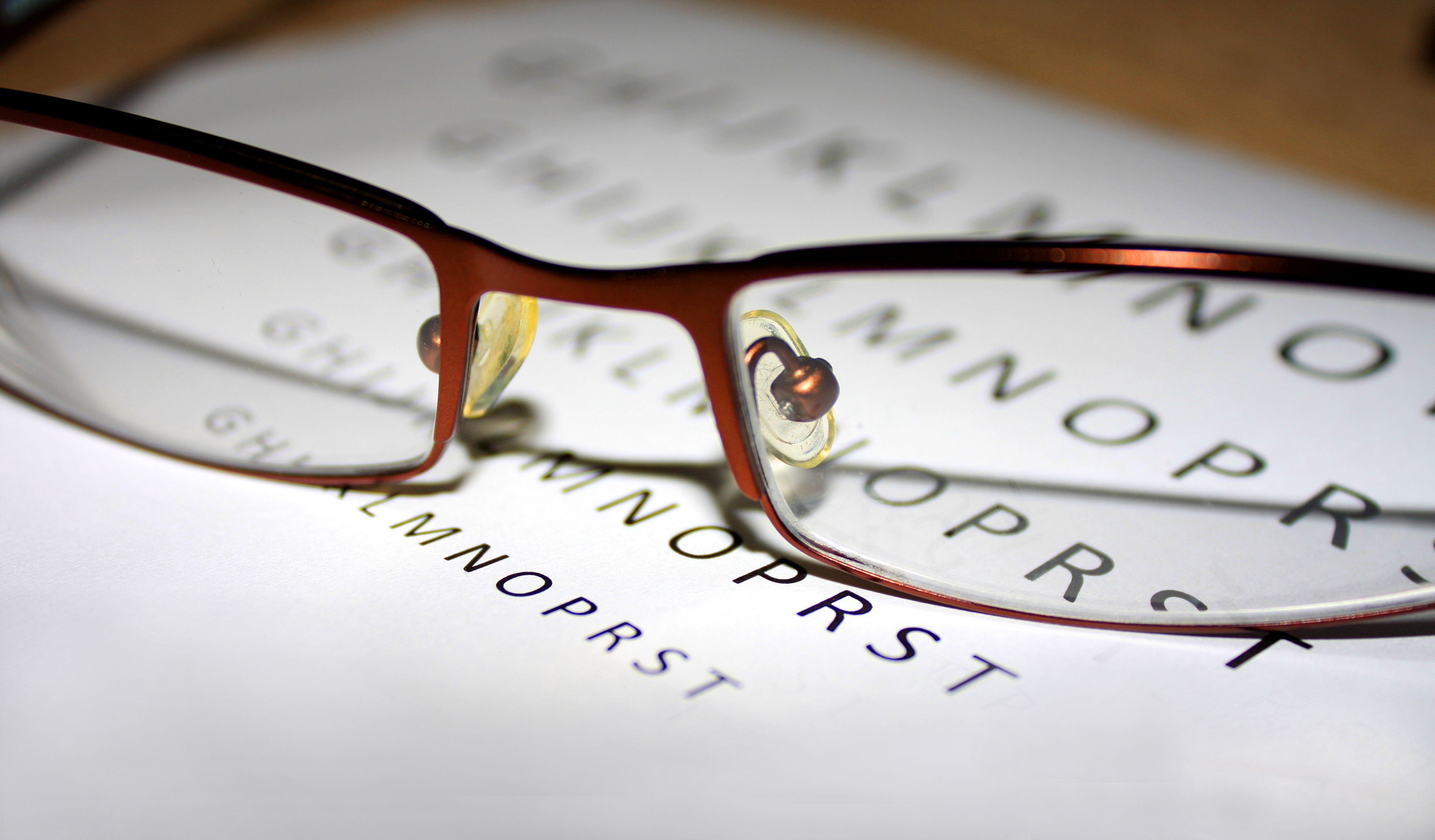Article
Trial Finds Low-Dose Atropine Eyedrops May Slow Myopia Progression
Author(s):
Compared with placebo, low-dose atropine (0.01%) eyedrops may slow myopia (nearsightedness) progression and axial elongation in Chinese children with low and moderate myopia.
Compared with placebo, low-dose atropine (0.01%) eyedrops may slow myopia (nearsightedness) progression and axial elongation in Chinese children with low and moderate myopia, according to results of a randomized clinical trial published in JAMA Ophthalmology.
It is estimated that by 2050 approximately half of the world’s population will develop myopia while prevalence of the condition already exceeds 80% among university students in China.
“Myopia is not only the most common cause of avoidable visual impairment and blindness,” authors explained, “but high or pathologic myopia is also associated with increased risk of irreversible blinding conditions, including myopic retinopathy, retinal detachment, choroidal neovascularization, and glaucoma, leading to a heavy cost burden on individuals and communities.”
Previous trials found topical atropine has the strongest clinical effect on slowing the progression of myopia compared with the effects of contact lenses, progressive addition lenses, and increased outdoor activity. However, most studies on low-concentration atropine, 0.01%, were conducted as nonrandomized controlled trials.
To better understand both the efficacy and safety of the treatment, researchers performed a randomized, double-masked, placebo-controlled trial using data from the Beijing Tongren hospital. Between April 2018 to July 2020, 220 children aged 6 to 12 with myopia were enrolled in the study. All participants exhibited refractive error of spherical equivalent (SE) range of −1.00 D to −6.00 D in both eyes, astigmatism of −1.50 D or less in both eyes, best-corrected distance visual acuity 0.20 logMAR or better in both eyes, and intraocular pressure (IOP) of less than 21 mm Hg.
All children were randomized 1:1 to receive either atropine, 0.01% or placebo eyedrops in both eyes once daily for 1 year. Researchers calculated the SE as the dioptric powers of the sphere and half of the cylinder (sphere + 0.5 × cylinder) while myopia progression was defined as the mean change in cycloplegic SE over 1 year.
“A total of 76 children (69%) and 83 children (75%) allocated into the atropine, 0.01%, and placebo groups, respectively, returned for the 1-year primary outcome assessment visit.” At baseline, the mean (SD) refractive error and axial length were -2.58 (1.39) D and 24.59 (0.87) mm.
After 1 year:
- Mean myopia progression was −0.49 (0.42) D and −0.76 (0.50) D in the atropine, 0.01%, and placebo groups (mean difference, 0.26 D; 95% Confidence Interval [CI], 0.12-0.41 D; P < .001), with a relative reduction of 34.2% in myopia progression
- Mean (SD) axial elongation in the atropine, 0.01%, group was 0.32 (0.19) mm compared with 0.41 (0.19) mm in the placebo group (mean difference, 0.09 mm; 95% CI, 0.03-0.15 mm; P = .004), with relative reduction of 22.0% in axial elongation
- 51% percent and 13.2% of children progressed by at least 0.50 D and 1.00 D in the atropine, 0.01%, group, compared with 69.9% and 34.9% in the placebo group
- No serious adverse events related to atropine were reported
Investigators caution that due to the approximately 30% loss to follow-up and the limited 1-year follow up period, they cannot determine the clinical relevance of the results. Future studies ought to be carried out to compare the efficacy of other lower doses of atropine among Chinese citizens.
“While the clinical relevance of the results cannot be determined from this trial, these 1-year results, limited by approximately 70% follow-up, suggest that atropine, 0.01%, eyedrops can slow myopia progression and axial elongation in children and warrant future studies to determine longer-term results and potential effects on slowing sight-threatening pathologic changes later in life,” authors concluded.
Reference
Wei S, Li S, An W, et al. Safety and efficacy of low-dose atropine eyedrops for the treatment of myopia progression in Chinese children. JAMA Ophthalmol. Published online October 1, 2020. doi:10.1001/jamaophthalmol.2020.3820











